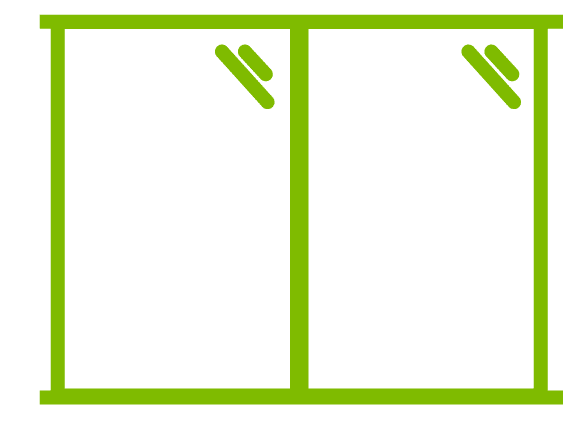Systems testing is a critical component of commercial construction and building maintenance. Nondestructive testing is a technique that provides useful diagnostic information without altering the tested materials or impairing their function.
At Building Envelope Allies, our inspectors are trained in the latest testing methods. Nondestructive testing is a safe, effective way to test building roofs, walls, electrical equipment, and more — without damage or downtime.
The benefits of nondestructive testing
The biggest benefit of nondestructive testing is that it doesn’t cause damage. Our inspectors assess the condition of key building components, whether it’s during construction or as part of routine maintenance, without compromising the materials and systems we’re testing.
The benefits of nondestructive testing include:
- Accurate diagnostics: pinpoint the source of the issue without compromising structural integrity
- Preventive maintenance: identify issues early, before bigger problems develop
- Cost effective: only replace materials that need to be replaced, avoid replacing materials that don’t
- Historic preservation: testing doesn’t damage historic buildings
- No downtime required: equipment can continue operating during testing
- Peace of mind: testing instills confidence in the safety of building and equipment
Types of nondestructive testing at Building Envelope Allies
The goal of nondestructive testing is to identify and measure issues that could impact the function of a building or its systems. The testing services we offer at Building Envelope Allies include:
Nondestructive roof testing
Water leaks are the source of some of the most serious building issues, from structural integrity to mold infestations. Roofs are designed to keep water out of the building envelope, and they require regular testing to ensure water isn’t penetrating anywhere.
We use two types of nondestructive tests for roofs: infrared roof moisture surveys and nuclear roof moisture surveys. Both tests scan for moisture within the roofing system and identify leaks so they can be fixed, without necessitating tearing out large sections of roof to find the issue.
Nondestructive masonry testing
ACI 530 sets requirements for masonry structures. All masonry structures must be inspected during construction, and nondestructive masonry scanning can accomplish this requirement.
We use two types of nondestructive tests for masonry structures: radiography and infrared thermography. Both methods deliver reliable results and augment visual inspection with documentation.
Curtain wall leak testing & air barrier testing
Like roofs, building walls must keep moisture and outdoor air from penetrating the building envelope. A number of AAMA and ASTM standards set inspection requirements for curtain wall leak testing and air barrier testing, and many of these tests are nondestructive.
We perform nondestructive curtain wall leak testing and air barrier testing to meet the requirements. These tests identify leaks and causes, so you can make necessary repairs before the leak gets worse.
Electrical system testing
Malfunctioning electrical systems inside your building pose a threat to occupant safety. But since wiring and panels are hidden behind walls, it’s easy for issues to go unnoticed until it’s too late.
We use infrared electrical system testing to identify hotspots around electrical components, without damaging walls and other structures. We provide a detailed report after testing, so you can address only the areas that need repairs.
Refrigerated warehouse testing
Refrigerated warehouses also benefit from infrared thermographic testing. We use infrared scans on walls and ceilings to find areas of heat loss/gain and moisture infiltration, so you know where to make efficiency improvements.
Nondestructive diagnostic testing provides insightful information to improve building safety, comfort, and efficiency. To get a customized testing plan, talk to our experts at Building Envelope Allies.







